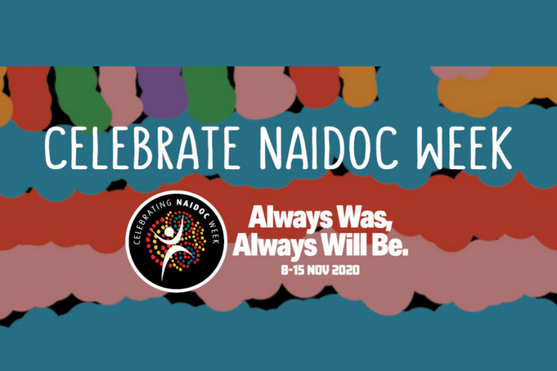
As we acknowledge and celebrate a COVID-delayed NAIDOC week, philanthropy’s commitment to reconciliation will, and should, be at the fore.
How philanthropy engages with reconciliation and the internal process of understanding one’s place in our history and treatment of Indigenous Australians is personal and unique – but together they can create a platform for change. Becoming a supporter of Reconciliation Australia, the Uluru Statement from the Heart, or developing your own Reconciliation Action Plan (RAP) all help to build momentum towards a unified country.
For Wyatt, all three approaches have been important but the most challenging has been developing our RAP. RAPs have been around for almost fifteen years and are often thought of as vehicles for companies and organisations to commit to increasing Indigenous employment and procurement targets. At times criticised, RAPs have had a reputation of being a tick box exercise rather than a commitment from all levels of an organisation to reconciliation. But over the years I think this has changed.
For most, they are no longer the glossy document that sits on a table in reception, and once complete are a clear roadmap for increasing staff and stakeholder engagement, deep reflection and accountability. Philanthropic foundations can benefit from the process of developing and implementing RAPs.
I am not suggesting that every foundation should embark on the path of creating their own RAP, but I am also surprised at how few have them. When our Reflect RAP was launched in April 2019, I was not able to find another charitable trust that had developed a RAP (and am happy to be corrected, please reach out if this is the case!). Are they hard work? Yes. Do they require an investment, both financial and human? Yes. Do they challenge thinking and behaviour in ways that can be uncomfortable or even confronting? Yes. But the benefits outweigh this.
At Wyatt we are thinking of our RAP as part of our overall strategy for impact. Many foundations don’t address their grantmaking without a strategy, so for something as complex as reconciliation one can rightly ask how this could be adequately addressed without a similar strategic approach?
With this in mind, and as Wyatt is embarking on finalising our second RAP, I wanted to share some of our learning and how it applied to us.
You are not as ready as you think you are. The theme of the first RAP is reflect. We looked at the criteria and items involved and were pretty confident we could achieve those, but it wasn’t just about what we could achieve, it was also about our journey to that point. For the RAP to be truly meaningful it needed to address our history and truth, as much as what we would and could do in the future – and this took time. Whether a foundation’s history is intrinsically linked with the rights and wellbeing of Indigenous Australians or is more a silent witness to what has happened in our communities since invasion, reflection on this should inform future action.
Insight and self-reflection are a must. You need to be willing to look under rocks, into the deep crevasses of your organisation and history. You need to be able to do this with honesty and humility. Reflecting on our history, that our wealth was born from Dr William Wyatt purchasing six town acres in Adelaide as a free settler, it was our obligation to own this and publicly call it out as part of our truth. Another insight into our history was that although Dr Wyatt was well documented as a man familiar with Kaurna culture, language and customs, our grant making for over eighty years fails to mention any particular reference or records of assistance to Aboriginal people. We needed to question what this meant for our practice and how it could inform changes in our organisation.
Authenticity is vital. Wyatt takes guidance from our Indigenous working group, our mentors and friends but we still have work to do to make sure our space is safe and welcoming. Our best efforts are not enough unless we have friends who are able to be critical, to call us out when we don’t get things right. With the power that comes from being a funder while also asking Indigenous people to come to our office, when we still occupy a building on one of the original parcels of Dr Wyatt’s land that is unceded, we ask a lot of people to then also be critical. This is a work in progress for us and front of mind as we embark on our new organisational strategy.
Failure is key. The old adage of ‘if you haven’t failed, you haven’t tried hard enough’ is so true. If the items that are on the RAP are easy and it is as simple as ticking them off, it is a disservice to the exercise.
An individual champion is good, but a team of advocates is better. Like most things that are challenging, they seem more achievable when there is someone driving the work to be done and keeping things on track. For us, there have been dedicated staff playing the role of champion. But as we continue to tackle items that question our role in both the history and future of South Australia a team of advocates, from the Board, to Executive to Interns becomes very important.
Wyatt has a vision of reconciliation that includes all Aboriginal and Torres Strait Islander peoples having a rightful voice, place and relationship in our country. Our RAP is one of the ways that we are trying to contribute to this vision and we welcome a connection with anyone else on the same journey.
NAIDOC 2020. Always was, always will be.